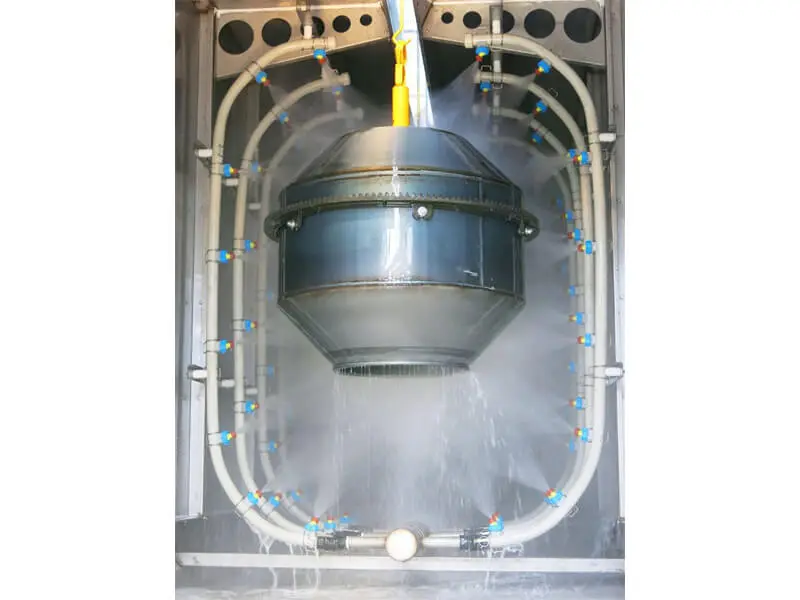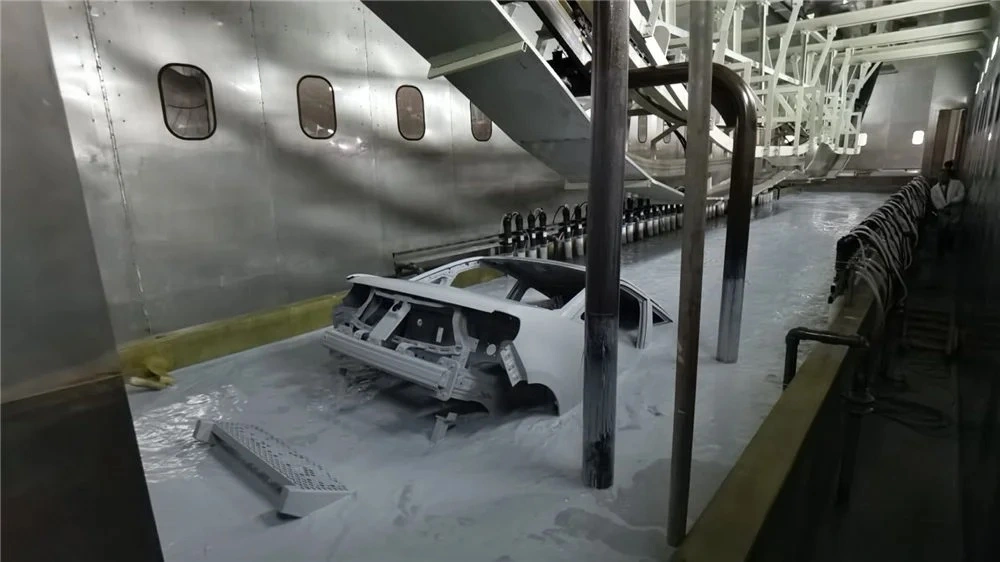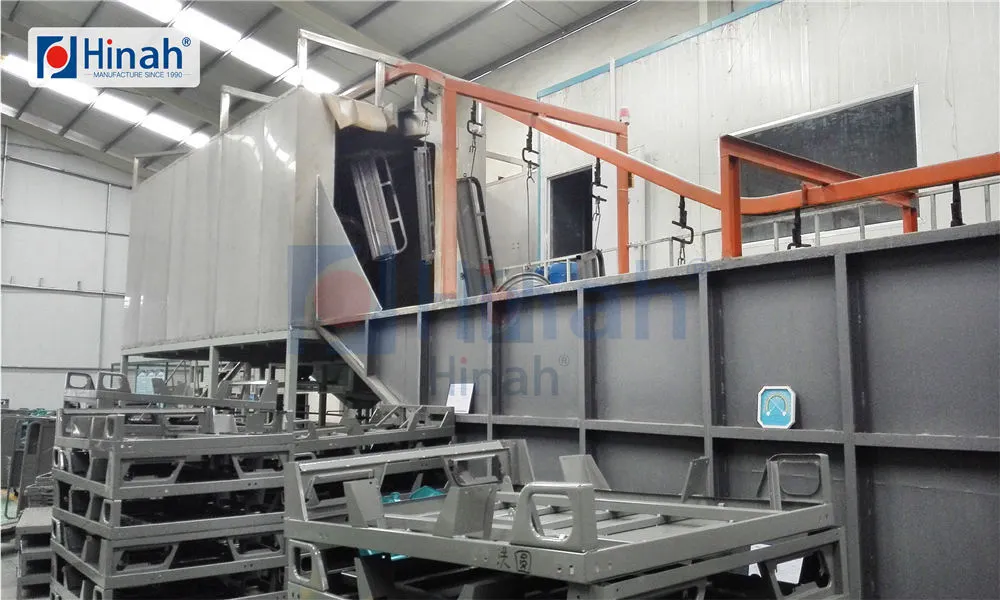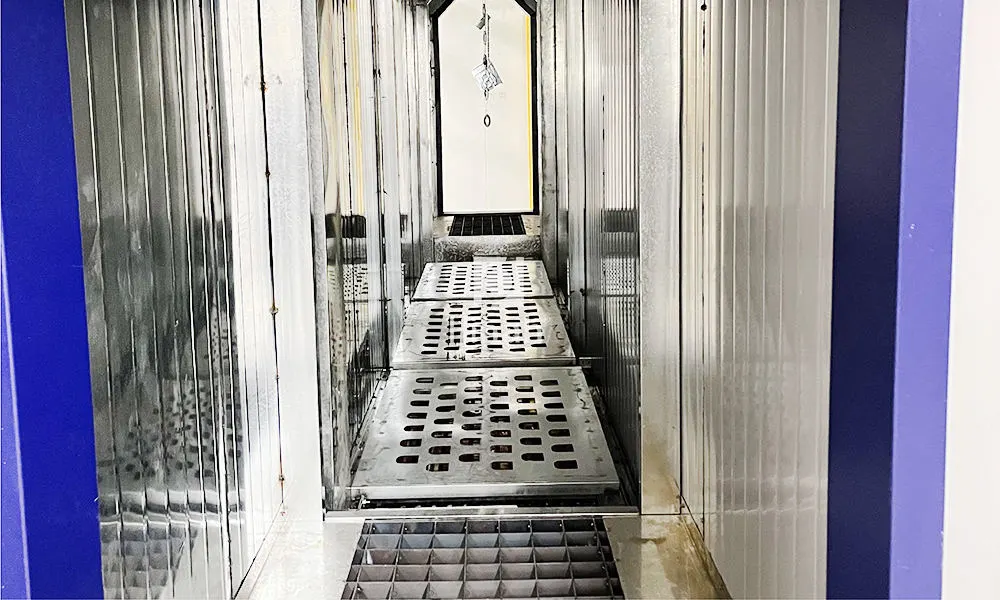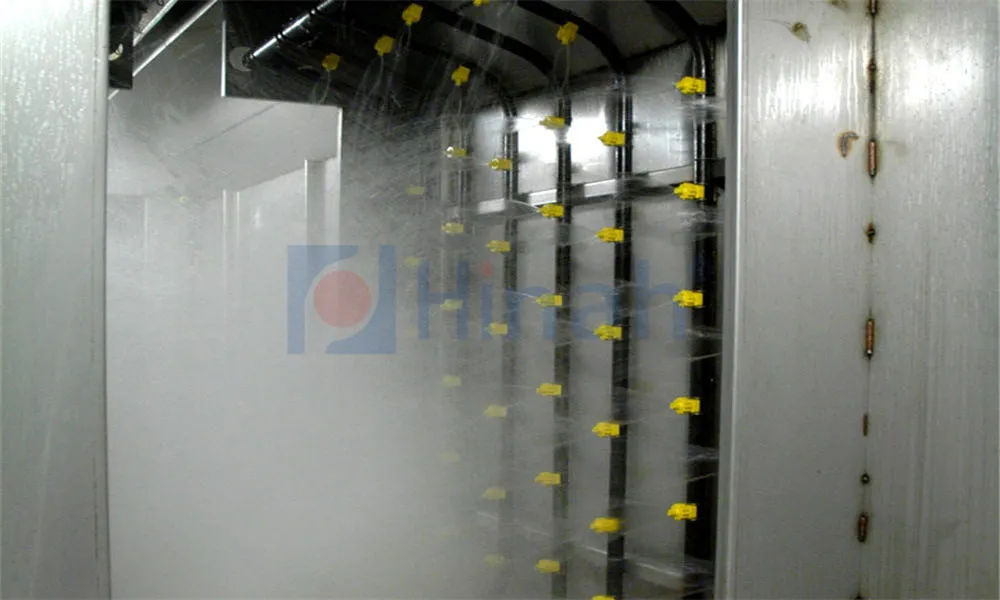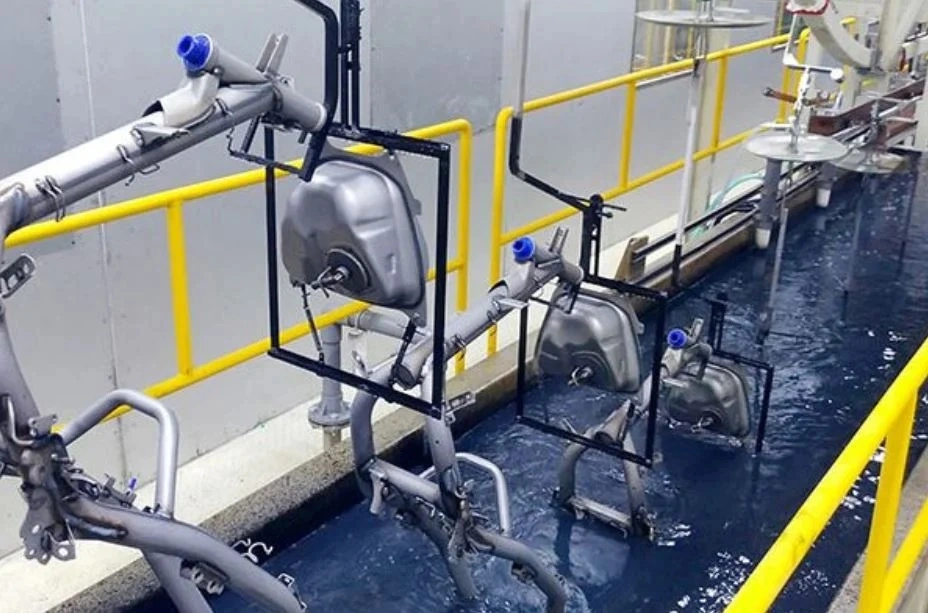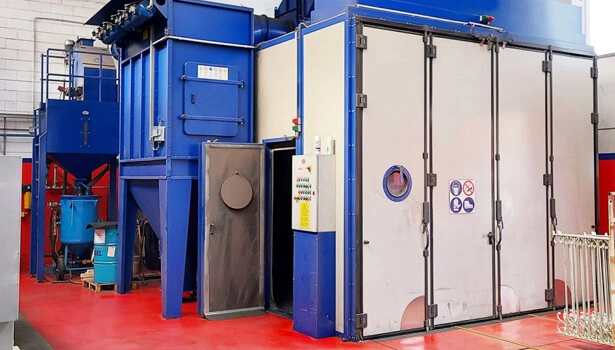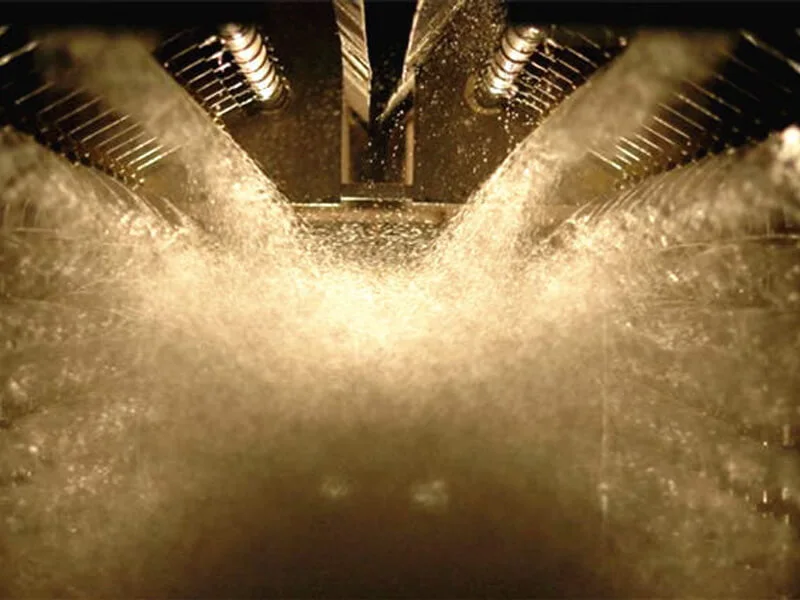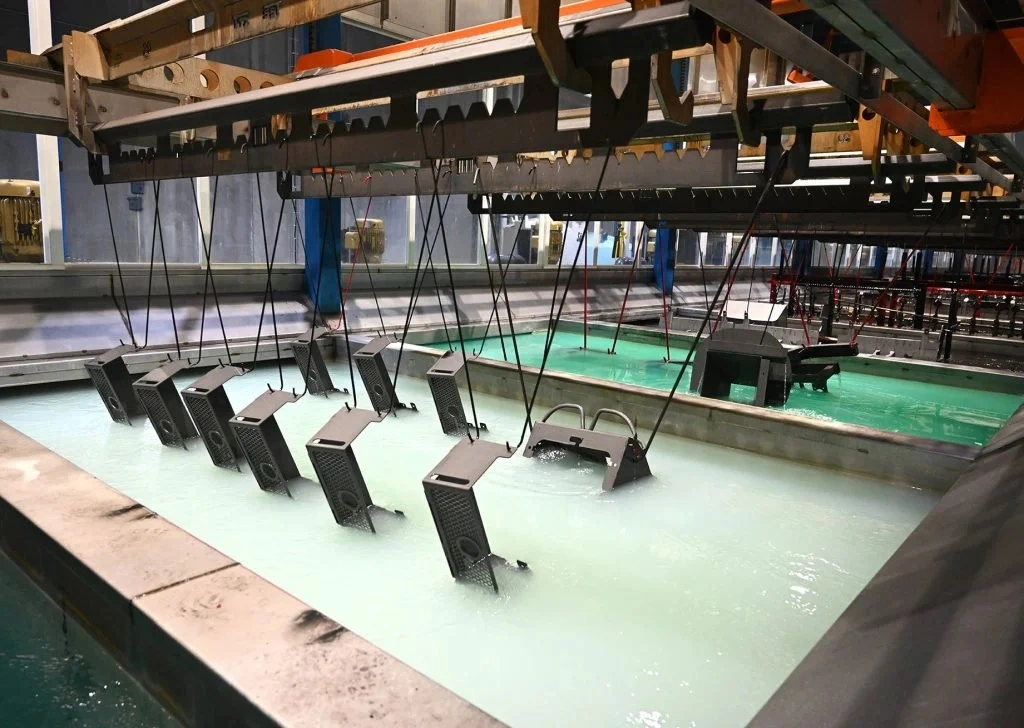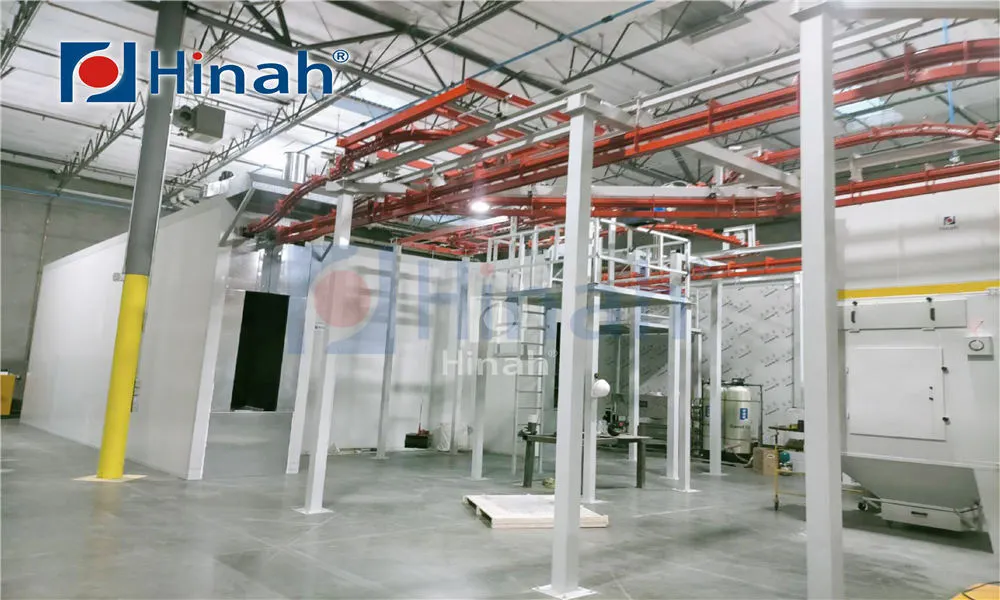A coating oven is an essential piece of equipment in various industries, designed to cure or dry coatings applied to surfaces. Among the different types, powder coating ovens have gained significant popularity due to their efficiency, durability, and environmental benefits. Powder coating is a dry finishing process where a fine powder is electrostatically applied to a surface and then heated in a powder coating oven to form a hard, protective layer. This method is widely used because it produces a high-quality finish that is resistant to chipping, scratching, and fading. In this article, we will delve into the specifics of powder coating ovens, including their applications for metal, industrial uses, pricing factors, large-scale options, and even how to make a powder coating oven. Additionally, we will address common problems encountered with these ovens and provide practical solutions. Whether you are a hobbyist or an industry professional, understanding coating ovens, particularly powder coating variants, can help you optimize your processes and achieve superior results.
The term "coating oven" encompasses a broad range of equipment, but our focus will be on powder coating ovens, which are specialized for curing powder-based coatings. These ovens operate by circulating hot air to melt and fuse the powder into a smooth film. The versatility of powder coating ovens makes them suitable for various materials, though they are most commonly used for metal substrates. As we explore further, we will cover key aspects such as the powder coating oven for metal, industrial powder coating oven models, and factors influencing the powder coating oven price. We will also discuss large powder coating oven systems for high-volume applications and touch on how to make powder coating oven setups for DIY enthusiasts. By the end of this article, you will have a comprehensive understanding of these ovens, empowering you to make informed decisions for your projects.
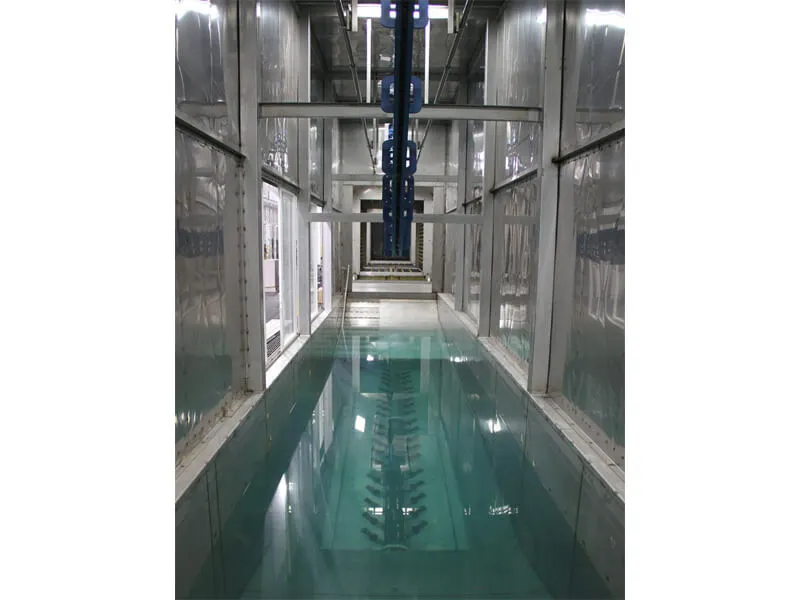
What is a Powder Coating Oven?
A powder coating oven is a type of coating oven specifically designed to cure powder coatings. Unlike traditional liquid paints, powder coatings do not require solvents; instead, they rely on heat to undergo a chemical reaction called cross-linking, which creates a durable finish. The powder coating oven provides controlled heating, typically between 300°F and 450°F (150°C to 230°C), depending on the powder formulation and substrate. These ovens come in various configurations, including batch ovens for small-scale operations and conveyor ovens for continuous production lines. The primary function of a powder coating oven is to ensure even heat distribution, which is critical for achieving a consistent cure without defects such as orange peel or incomplete fusion.
The design of a powder coating oven often includes insulation to retain heat, airflow systems for uniform temperature, and safety features like ventilation to handle any fumes. When selecting a powder coating oven, factors such as size, heating method (e.g., electric, gas, or infrared), and control systems must be considered. For instance, an industrial powder coating oven might incorporate advanced programmable logic controllers (PLCs) for precision, while a smaller unit for a workshop may have basic thermostat controls. Understanding the basics of how a powder coating oven works is fundamental to appreciating its applications and addressing potential issues. As we move forward, we will see how these ovens are tailored for specific uses, such as a powder coating oven for metal, which requires particular attention to temperature stability to prevent warping or discoloration.
Applications of Powder Coating Ovens for Metal
One of the most common uses of powder coating ovens is for metal substrates, making the powder coating oven for metal a vital tool in industries like automotive, aerospace, and furniture manufacturing. Metal objects, from car parts to outdoor fixtures, benefit from powder coating because it provides excellent corrosion resistance, aesthetic appeal, and longevity. A powder coating oven for metal must be calibrated to handle the thermal conductivity of metals, which can vary based on the type (e.g., steel, aluminum, or iron). For example, thicker metals may require longer cure times or higher temperatures to ensure the powder fully cures without overheating the surface.
In practice, a powder coating oven for metal is often integrated into a multi-step process: first, the metal is cleaned and pre-treated to remove oils and rust; then, the powder is applied using a spray gun; finally, the item is placed in the oven for curing. This process is efficient and eco-friendly, as powder coating produces minimal waste compared to liquid painting. Industries rely on specialized ovens like an industrial powder coating oven for high-volume metal parts, where consistency and speed are paramount. For instance, an automotive plant might use a large powder coating oven to cure entire vehicle frames, ensuring uniform protection against the elements. The versatility of powder coating ovens for metal extends to consumer goods, such as bicycles or appliances, where durability and color retention are key selling points. By understanding these applications, users can select the right oven type, whether it's a standard powder coating oven or a custom-built system for specific metal shapes.
An industrial powder coating oven is designed for heavy-duty applications, capable of handling large volumes and diverse product sizes. These ovens are typically larger, more robust, and equipped with features that enhance productivity and safety. Common characteristics of an industrial powder coating oven include high-capacity heating elements, efficient airflow designs (such as cross-draft or down-draft systems), and automated controls for temperature and timing. They are often part of an integrated powder coating line that includes pre-treatment stations, application booths, and cooling zones. Industries such as manufacturing, construction, and electronics rely on industrial powder coating ovens to finish products like machinery enclosures, structural steel, or electronic housings with precision.
The uses of an industrial powder coating oven vary widely based on the sector. In the architectural industry, for example, these ovens are used to coat aluminum window frames or steel beams, providing weather-resistant finishes that meet building codes. In consumer goods, an industrial powder coating oven might cure items like patio furniture or kitchenware at high speeds. Key considerations when choosing an industrial powder coating oven include throughput requirements, energy efficiency, and compliance with environmental regulations. For instance, some ovens use infrared technology for faster curing, reducing energy consumption. Additionally, safety features like explosion-proof designs are crucial when coating flammable materials. The powder coating oven price for industrial models can be higher due to these advanced features, but the investment often pays off through improved efficiency and lower operating costs. As we explore other types, such as the large powder coating oven, it's clear that industrial variants are essential for scaling up production while maintaining quality.
Understanding Powder Coating Oven Price Factors
The powder coating oven price is a critical consideration for buyers, ranging from a few hundred dollars for small DIY units to tens of thousands for industrial systems. Several factors influence the cost, including size, heating method, construction materials, and additional features. For example, a basic benchtop powder coating oven might cost around $500-$1,000, while a large powder coating oven for industrial use can exceed $20,000. The heating method plays a significant role; electric ovens are generally cheaper upfront but may have higher operating costs, whereas gas ovens are more energy-efficient but require ventilation infrastructure. Infrared ovens, which cure faster, tend to be pricier but can reduce labor costs.
Other factors affecting the powder coating oven price include insulation quality—better insulation improves efficiency but adds to the cost—and control systems. Ovens with digital controllers and data logging capabilities are more expensive but offer greater precision. Customization, such as specific dimensions for unusual parts, can also drive up the price. When budgeting, it's important to consider total cost of ownership, including maintenance, energy consumption, and potential upgrades. For those looking to save money, learning how to make powder coating oven setups might be an option, though this requires technical skills. Typically, the powder coating oven price for a standard model suitable for a small business might range from $2,000 to $10,000. By comparing options and understanding these factors, buyers can find a powder coating oven that balances cost with performance, ensuring they get value for their investment without compromising on quality.
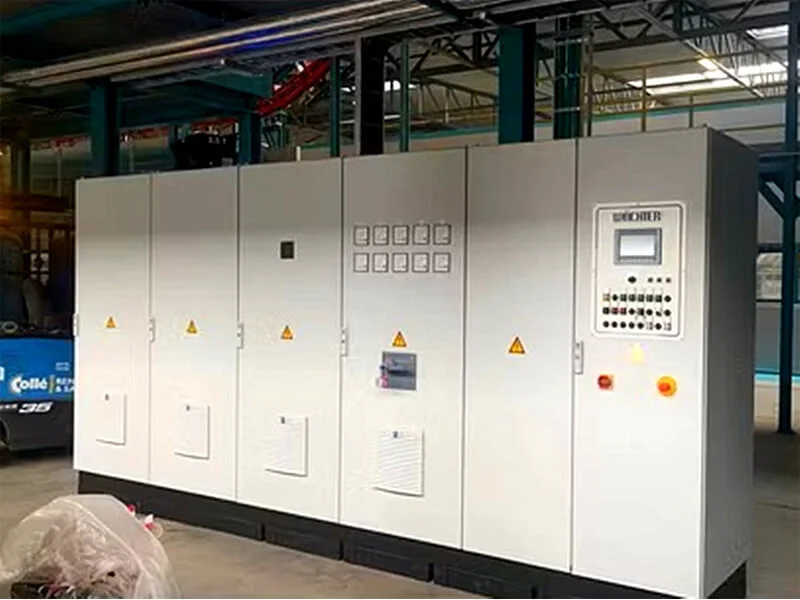
Large Powder Coating Oven: Benefits and Considerations
A large powder coating oven is designed for high-capacity applications, such as coating oversized items or processing high volumes in industries like automotive or furniture manufacturing. These ovens offer several benefits, including the ability to handle multiple items simultaneously, reducing cycle times and increasing throughput. For instance, a large powder coating oven might feature a conveyor system that allows continuous curing of parts on a moving line, ideal for mass production. The size of such ovens can vary, with some spanning over 100 feet in length to accommodate large components like agricultural equipment or storage tanks.
When considering a large powder coating oven, key factors include space requirements, energy efficiency, and integration with existing systems. These ovens often require significant floor space and robust structural support, so planning for installation is crucial. Energy consumption is another important aspect; large ovens may use substantial amounts of electricity or gas, but modern designs incorporate heat recovery systems to minimize waste. Additionally, safety features like automated shut-offs and ventilation are vital to prevent overheating or fume buildup. The powder coating oven price for large models is higher, but the return on investment can be substantial due to increased productivity. For example, an automotive plant using a large powder coating oven might see reduced labor costs and faster turnaround times. However, it's essential to assess whether a large oven is necessary for your needs—smaller businesses might opt for a standard industrial powder coating oven instead. By weighing these considerations, users can determine if a large powder coating oven is the right choice for their operations.
How to Make a Powder Coating Oven
For DIY enthusiasts or small shops, learning how to make powder coating oven can be a cost-effective alternative to purchasing a commercial unit. Building a powder coating oven requires careful planning, as it involves creating a heat-resistant enclosure with proper insulation and heating elements. The basic steps include selecting a suitable container (such as an old oven or a custom-built box), adding insulation like mineral wool, and installing heating elements (e.g., electric heating coils or gas burners). Safety is paramount when you make powder coating oven, as improper construction can lead to fire hazards or inefficient curing.
To make powder coating oven, start by determining the size needed for your projects—a small oven might be sufficient for tools or bike parts, while larger items require more space. The insulation should withstand high temperatures (up to 500°F) to ensure heat retention. For heating, electric elements are easier to control but may be costly to run; infrared bulbs can be an efficient option. You'll also need a thermostat for temperature regulation and a ventilation system to handle any fumes. Online resources and kits are available to guide those who want to make powder coating oven, but it's important to have electrical or mechanical expertise. While building your own oven can save money on the powder coating oven price, it may not offer the consistency of a commercial industrial powder coating oven. Therefore, this approach is best for hobbyists or those with limited budgets. If done correctly, a homemade powder coating oven can produce quality results, but for business-critical applications, investing in a professional unit is advisable.
Common Problems with Powder Coating Ovens and Solutions
Despite their reliability, powder coating ovens can encounter issues that affect finish quality and efficiency. Common problems include uneven heating, which leads to incomplete curing or defects like blotchiness. This often stems from poor airflow or incorrect temperature settings. To address this, ensure your powder coating oven has adequate ventilation and regularly calibrate the thermostat. Another issue is overheating, which can cause discoloration or warping, especially in a powder coating oven for metal. Monitoring temperature closely and using oven thermometers can prevent this.
Other frequent problems involve contamination, such as dust or oils entering the oven, resulting in blemishes on the coated surface. Maintaining a clean environment and using filters in the airflow system can mitigate this. For industrial powder coating oven systems, mechanical failures like burner malfunctions or control errors may occur. Regular maintenance, including inspecting heating elements and cleaning ducts, is essential. Additionally, energy inefficiency can drive up costs; upgrading to a modern large powder coating oven with better insulation might help. When considering how to make powder coating oven, DIY builders should be wary of insulation gaps or electrical issues. If problems persist, consulting a professional or reviewing the powder coating oven price for an upgrade may be necessary. By understanding these common issues, users can troubleshoot effectively and extend the life of their ovens.
In summary, a coating oven, particularly a powder coating oven, is a versatile and efficient tool for applying durable finishes across various industries. From specialized applications like a powder coating oven for metal to robust industrial powder coating oven systems, these ovens offer numerous benefits, including environmental friendliness and high-quality results. Factors such as the powder coating oven price should be weighed against features and long-term value, while large powder coating oven models provide scalability for high-volume needs. For those on a budget, learning how to make powder coating oven can be a rewarding project, though it requires caution. By being aware of common problems and their solutions, users can maintain optimal performance. Ultimately, whether you're a beginner or an expert, understanding the intricacies of powder coating ovens will help you achieve superior finishes and enhance your operations.


